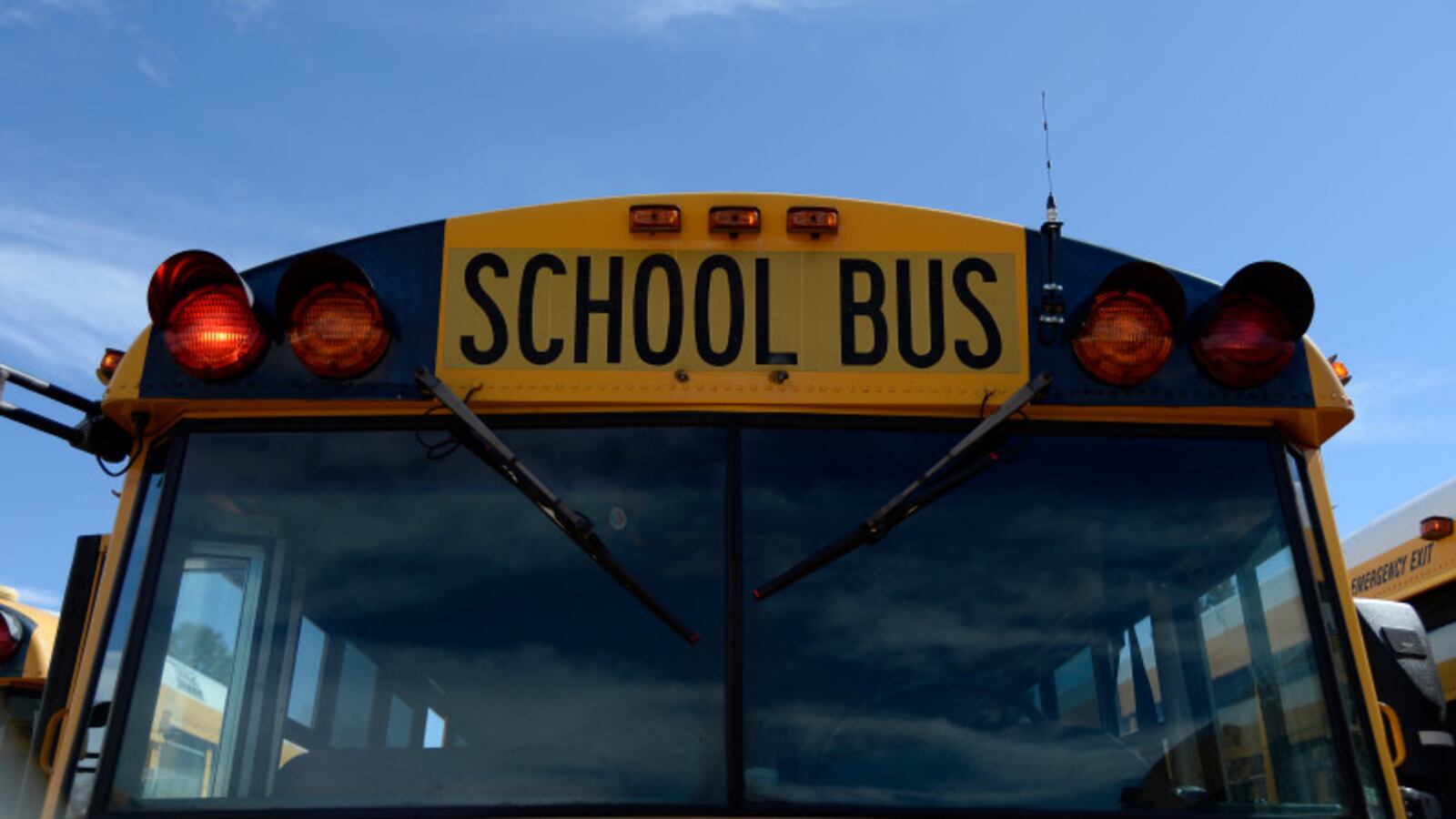A proposal that could have allowed Colorado to potentially invest hundreds of millions of dollars more into education by pushing some school districts to raise their taxes fizzled this year after the idea’s chief legislative advocate backed down.
“I agonized over this because I truly believe fixing school finance depends on it,” said state Sen. Bob Rankin, a Carbondale Republican. “It’s about representing my constituents.”
With less than a month left in the legislative session, Rankin said he will not introduce a bill to encourage school districts to adopt uniform tax rates because some of the districts he represents would be hard hit by the change. Advocates said they hope this is not the end of the road for an idea that could raise as much as $450 million for education and make school funding fairer.
Rankin’s proposal would have set state funding as if all districts were charging property owners the same tax rate. Districts with lower tax rates would have had to go to their voters and ask them to approve local tax increases to make up the difference, with a phase-in period over several years.
Because Colorado provides state money to make up whatever property taxes don’t generate, getting more money from those local taxes would free up state money that could then increase the overall investment in education.
But there are significant disparities in how much local districts tax themselves, and in some cases, wealthy districts have lower tax rates and get more school funding from the state than poorer ones.
“I see it as the foundation of inequity and inadequacy in school finance,” said Leslie Colwell of the Colorado Children’s Campaign, of the unequal local taxes known as mill levies. “We start with a system that requires certain communities to invest disproportionately more in education, and there is no good policy reason for that.”
Most school districts around Colorado used to have the same tax rate, 40 mills or $40 on every $1,000 of assessed value. After the passage of the Taxpayer’s Bill of Rights, which limits how much government can grow each year, many school districts had to cut their mill levies to avoid collecting too much money when property values increased rapidly.
Across the state, tax rates fell, until the legislature froze them in place in 2007. Under current law, districts are barred from increasing this base tax rate — though many districts have sought voter approval for mill levy overrides, a kind of additional property tax that adds even more inequality to school funding. Thirty-nine of Colorado’s 178 districts landed at 27 mills, the statutory maximum, while others were lower, some even in the single digits. The resort community of Aspen collects a little over 4 mills. Primero, which slashed its tax rates during an oil and gas boom, collects less than 2 mills.
Over time, state money has made up a larger and larger portion of all school funding in Colorado, from less than half in the 1980s to nearly 66 percent today. That strains the state budget even as many schools struggle to cover basic needs.
Ironically, having to shoulder a larger share of education costs has contributed to Colorado lawmakers stopping short of fully funding schools. With other competing needs in the budget, schools don’t get funded at the level required by the state constitution. This withholding, known as the negative factor or budget stabilization factor, is projected to be $595 million next year.
If school districts increased local property taxes to either 27 mills or the amount necessary to cover full costs, that state withholding would be reduced by 75 percent, allowing many districts to get millions more.
At a delegate meeting in February, the Colorado Association of School Boards endorsed the idea of a uniform mill levy provided there were allowances for districts that faced unique hardships and a reasonable period of adjustment — and provided that the state money freed up by local taxes stay in education.
Because the bill was never introduced, none of those details were worked out, including whether the assumed uniform mill levy would have been 27 or some lower amount, an idea that Rankin also considered.
And not all districts were enthusiastic. Those imposing very low property tax rates would have to raise them or go without the state money they get now. That’s the case for nine of the school districts that Rankin represents in the state Senate. The Parachute district would have had to increase its tax rate from 2.2 mills to more than 16 and lose $8.6 million in state funding.
Rankin’s school constituents would have faced the tough task of having to ask voters to raise taxes substantially — even as some neighboring districts wouldn’t have to. This type of political calculus makes any kind of school finance fix extremely challenging in Colorado. Any effort to fix an inequitable system hurts those who are currently benefiting from the status quo.
It’s not clear who else might take up the thorny problem if Rankin won’t. The other lawmaker most committed to solving this problem was state Rep. Millie Hamner, a Dillon Democrat and frequent partner with Rankin on education legislation, who was barred by term limits from seeking re-election after the 2018 session.
But with Colorado voters reluctant to approve new taxes to increase education funding, advocates say they hope the conversation continues.
“In terms of a long-term fix to create a sustainable revenue stream and make school finance more fair, I really hope this can come back next year,” Colwell said.
See how your district would be affected by equalizing mill levies here:

